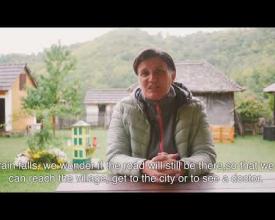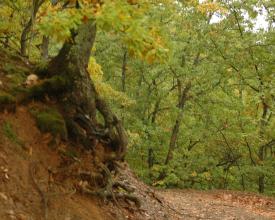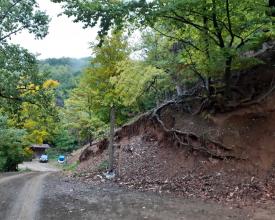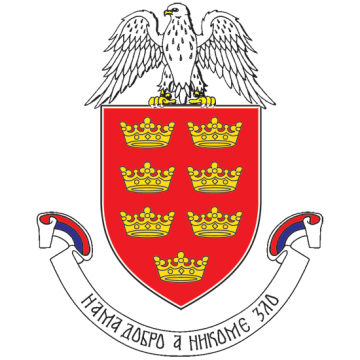
Reducing disaster risks and preventing floods through the implementation of Nature-based Solutions in Gledić (Kraljevo), Serbia
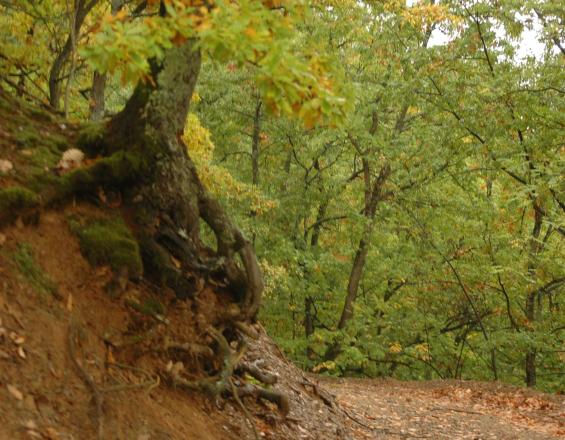
The City of Kraljevo is highly vulnerable to disasters, particularly floods, landslides, and earthquakes. The risk of floods is specifically high due to degraded forests and erosion, having a negative effect on the community livelihood, especially for women and vulnerable groups.
Mapping landscape restoration opportunities, based on a series of field visits and consultations with local stakeholders, preceded the process of designing the NbS interventions. As a result of these processes, the catchment area of the Gledić River, located in the Gledić Mountains was selected as a location for pilot project implementation.
The focus of NbS intervention will be Forest Landscape Restoration (FLR) measures aimed to improve forest structure and reduce flood risk and soil erosion in Gledić. The intervention will also maximise the use of local resources and autochthonous species to achieve sustained forest restoration and disaster risk reduction.
Impacts
Kraljevo municipality faces serious degradation of natural ecosystems: forests, rivers, pastures, etc. Frequent rainfall, degraded land and forests cause torrential flows and floods, and without appropriate vegetation cover to absorb precipitation, the water runs “freely” down the hills, causing torrents and surface runoffs that merge further into floods.
Forest Landscape Restoration (FLR) measures increase forest stability and resilience, reduce erosion, and stabilise and increase the water retention capacity of the soil. The forest’s current degraded structure will be improved by transition from coppice to high forest, reducing the flood risk and soil erosion in Gledić. Consequently, the intervention will prevent infrastructure damage due to flooding downstream on the Gledić River, including damage to seven bridges, endangering populated areas along the watercourse.
The planned intervention will ensure restoration of natural habitats, particularly forests, pastures and farmlands, thus increasing biodiversity. Through the creation of a silvopastoral system, conditions for cattle breeding will be improved. This approach, together with increased forest resilience and an improved state of natural ecosystems, will enhance the livelihood of local inhabitants in Gledic, particularly women and vulnerable groups.
